Introduction
Stir-frying, a cooking technique synonymous with Chinese cuisine, is renowned for its ability to create dishes that are both flavorful and nutritious. Among the myriad of stir-fried delicacies, stir-fried chicken, or simply “sheng chao ji” in Mandarin, stands out due to its versatility and widespread appeal. This dish, characterized by its tender chicken pieces coated in a savory sauce, is a staple in many households and restaurants alike. Whether you’re a seasoned chef or a novice cook, mastering the art of stir-frying chicken can elevate your culinary skills and delight your taste buds. In this comprehensive guide, we’ll delve into every aspect of making a perfect pot of stir-fried chicken, from selecting the right ingredients to perfecting your stir-frying technique.
Section 1: Choosing the Right Chicken
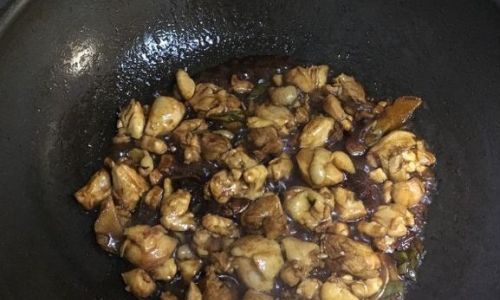
The foundation of any stir-fried chicken dish lies in the quality of the chicken you use. Here are some key considerations:
-
Type of Chicken: Opt for boneless, skinless chicken breasts or thighs. Chicken breasts are leaner and more tender, while thighs offer a richer flavor and a bit more fat, which can enhance the dish’s overall taste.
-
Freshness: Always choose fresh chicken over frozen. Fresh chicken has a brighter color, firmer texture, and a less intense smell.
-
Cutting Technique: Slice the chicken into thin, even pieces. This ensures that they cook evenly and quickly, retaining moisture and tenderness.
-
Marinating: Marinating the chicken can add layers of flavor and tenderize the meat. A simple marinade of soy sauce, rice vinegar, garlic, ginger, and a touch of sugar or honey works wonders. Let the chicken sit in the marinade for at least 30 minutes, preferably refrigerated, to allow the flavors to penetrate.
Section 2: Gathering Essential Ingredients and Tools
Beyond the chicken, several other ingredients and tools are crucial for a successful stir-fry:
-
Vegetables: Common additions include bell peppers, onions, snap peas, carrots, and broccoli. These not only add color and nutrition but also balance the dish’s flavor profile.
-
Aromatics: Garlic, ginger, and scallions are staples in stir-fries. They provide a fragrant base that enhances the overall taste.
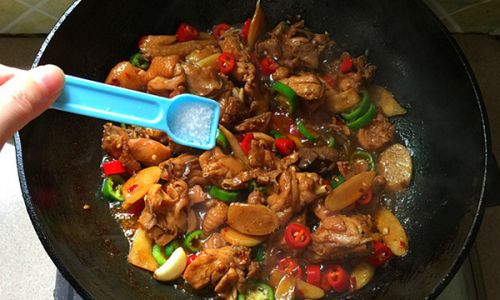
-
Sauces and Seasonings: Soy sauce, oyster sauce, sesame oil, and Shaoxing wine (or dry sherry) are essential for flavoring. A pinch of white pepper, salt, and sugar can also be used to taste.
-
Oil: Use a high-smoking-point oil like peanut, vegetable, or grapeseed oil. These oils can withstand the high temperatures of stir-frying without breaking down and smoking.
-
Tools: A wok or a large, flat-bottomed frying pan is ideal for stir-frying. A sturdy spatula or wok spoon is necessary for tossing and turning the ingredients evenly.
Section 3: Preparing Your Ingredients
Before you start stir-frying, ensure all your ingredients are prepped and ready to go. This includes:
-
Slicing Vegetables: Cut vegetables into bite-sized pieces that will cook quickly and evenly.
-
Mincing Garlic and Ginger: These should be finely chopped to release their flavors fully during cooking.
-
Chopping Scallions: Slice the white and green parts separately. The white parts can be added earlier for a stronger flavor, while the greens are added near the end for a fresh burst.
Section 4: The Stir-Frying Technique
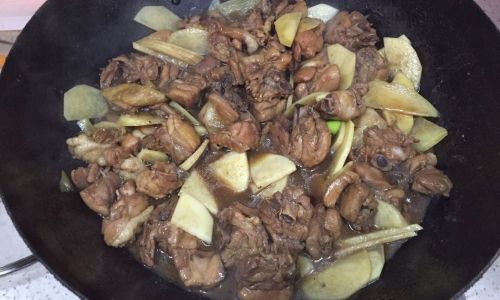
Stir-frying is a high-heat, quick-cooking method that requires precision and attention. Here’s a step-by-step guide:
-
Heating the Pan: Preheat your wok or frying pan over high heat until it’s very hot. Add a couple of tablespoons of oil and let it heat up until it shimmers but not smokes.
-
Stir-Frying the Aromatics: Add the minced garlic and ginger to the hot oil. Stir-fry for about 10-15 seconds until fragrant but not burnt. This step is crucial for building the dish’s foundational flavor.
-
Cooking the Chicken: Add the marinated chicken pieces to the pan in a single layer, avoiding overcrowding. Stir-fry for about 2-3 minutes per side, or until golden brown and cooked through. If your pan is too small, cook the chicken in batches to maintain the high heat.
-
Adding Vegetables: Remove the chicken from the pan and set it aside. Add a bit more oil if needed and stir-fry the harder vegetables (like carrots and bell peppers) first. After about 2 minutes, add the quicker-cooking vegetables (like snap peas and broccoli). Stir-fry for another 2-3 minutes until they are tender-crisp.
-
Combining Ingredients: Return the chicken to the pan, adding any accumulated juices. Pour in your sauce mixture (usually a blend of soy sauce, oyster sauce, sesame oil, and a splash of Shaoxing wine), stirring everything together quickly to coat all ingredients evenly.
-
Final Touches: Taste and adjust the seasoning with salt, sugar, and white pepper as needed. Add the chopped green parts of the scallions and stir-fry for another 30 seconds to a minute until everything is heated through and well combined.
-
Serving: Transfer the stir-fried chicken to a serving dish immediately to prevent overcooking. Garnish with additional chopped scallions or sesame seeds for an extra touch of flavor and presentation.
Section 5: Tips for Perfect Stir-Fried Chicken
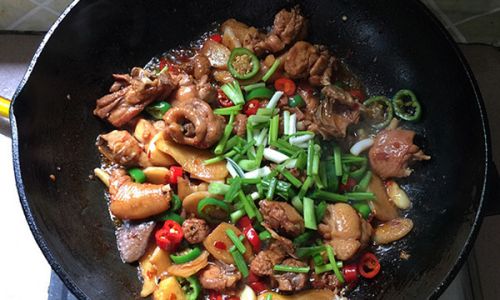
-
High Heat: Stir-frying requires high heat to create the desired sear on the chicken and vegetables, locking in juices and flavors.
-
Don’t Overcrowd the Pan: Overcrowding will lower the pan’s temperature, leading to steaming rather than stir-frying.
-
Stir Constantly: This ensures even cooking and prevents burning.
-
Use a Lid Sparingly: Only cover the pan if you need to steam vegetables quickly; otherwise, keep it uncovered to maintain the high heat.
-
Practice Makes Perfect: Like any cooking technique, stir-frying takes practice. The more you do it, the better you’ll get at judging cooking times and flavors.
Conclusion
Stir-fried chicken is a dish that embodies the essence of Chinese cuisine: simple ingredients, bold flavors, and meticulous cooking techniques. By following the steps outlined in this guide, you’ll be able to create a stir-fried chicken dish that is not only delicious but also visually appealing. Remember, the key to success lies in the quality of your ingredients, the precision of your cutting, the balance of your flavors, and the mastery of your stir-frying technique. With practice and patience, you’ll soon be churning out stir-fried chicken that rivals the best restaurants. Happy cooking!
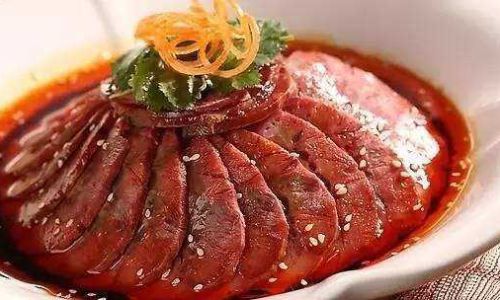


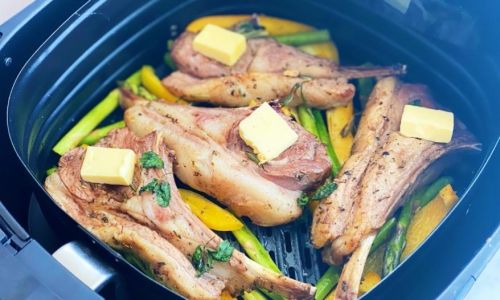

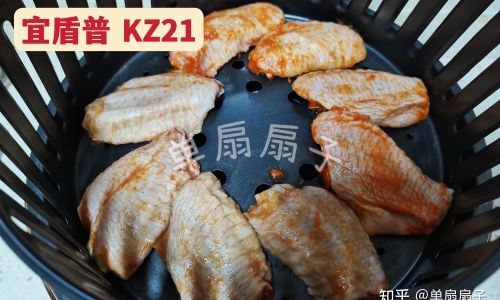
0 comments